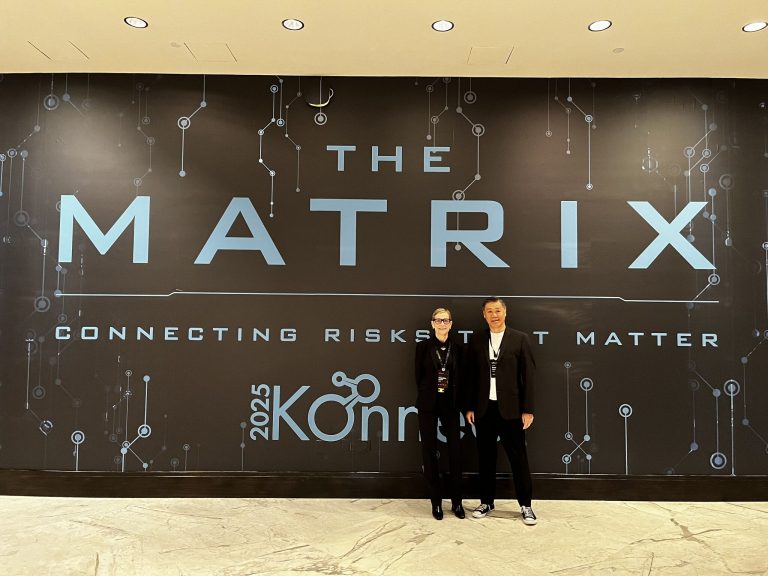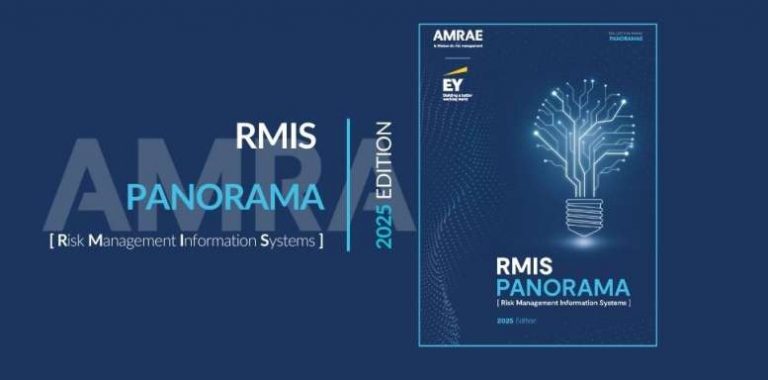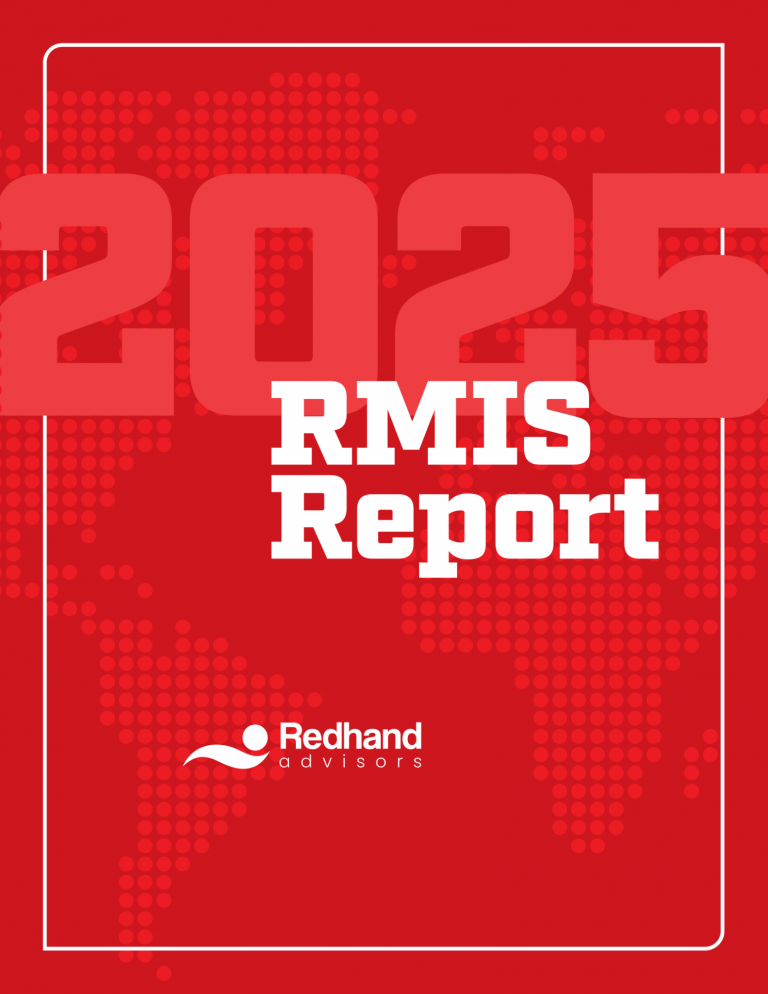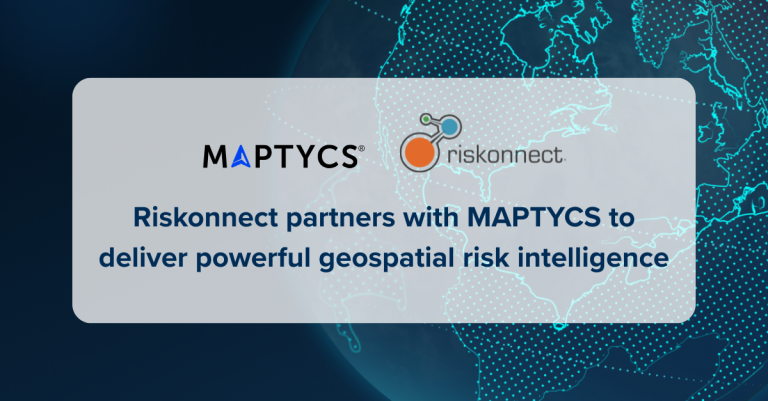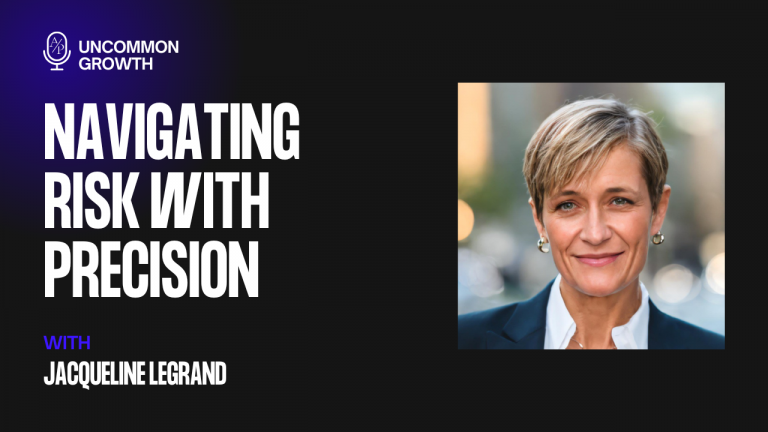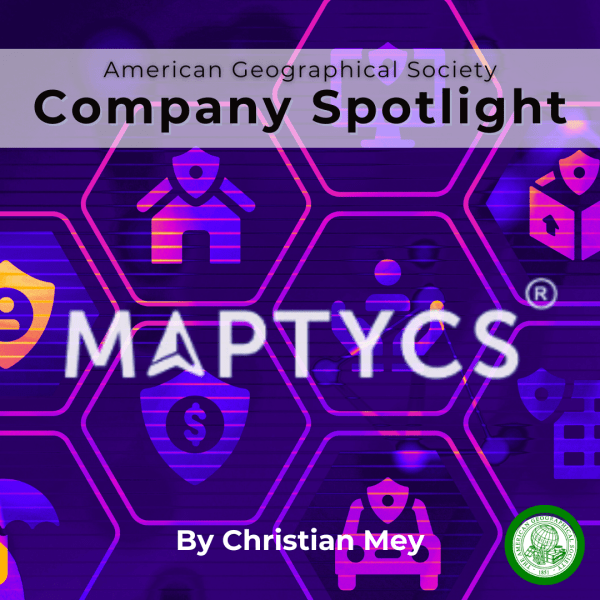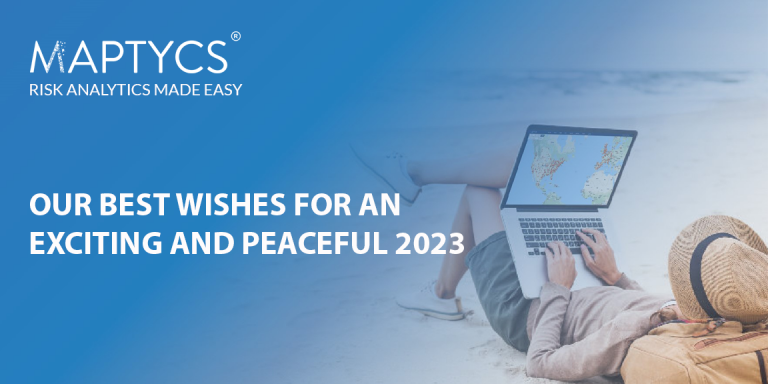TRANSFORMING DATA INTO ACTIONABLE INSIGHTS
Captive Review (March 2023) – Best Practitioners Guide
Interview with Maptycs CEO
With the rise of natural disasters and the explosion of high-quality local data, risk managers and captive owners need to consolidate at a faster pace, increasingly complex datasets to obtain timely actionable insights. Jacqueline Legrand, CEO of Maptycs, believes that the only way to do it right is to invest in performing and flexible technology.
What are the challenges faced by risk professionals to manage property risk exposure?
Climate change is causing unprecedented weather volatility, and the property insurance and reinsurance markets have experienced a rise of catastrophic losses.
To gain an accurate picture of their property risk exposures, risk professionals need to consolidate in real-time increasingly sophisticated datasets developed by governmental agencies and third-party providers. As a result, there is an explosion of high-quality external data developed by expert data companies using new technologies such as satellite imagery and AI to provide location intelligence data. However, the industry is challenged as existing systems cannot process efficiently high volumes of data in multiple formats to support risk management, underwriting, reserving, risk mitigation and event response strategies.
MAPTYCS is a geospatial solution for property risk exposure management, climate risk assessment and real-time weather events monitoring. The platform manages property portfolios data combined with “a la carte” location intelligence third party data. Maptycs is intuitive and can be used in standalone mode or connect with existing systems via APIS.
Do we finally see Risk Management getting increased influence in the Board Room?
The main objective of risk management is to understand, analyze, and address any type of risk to make sure organizations work effectively and safely.
If risk management is still about risk identification, mitigation and transfer, the risk landscape, however, has dramatically transformed because of globalization, climate change and technology. Natural threats and man threats are more complex and pervasive than ever and the impact of large-scale events on business continuity and reputation is putting Risk Managers on the spotlight.
The insurance market volatility is particularly tangible for cyber security and property risks, with premiums on the rise and coverage narrowing down. In hard markets, sound risk management is critical.
Climate change, cyber risks, and the ripple effects of the pandemics on the economy are prompting company to bring risk management front and center and implement a risk management culture in their organizations. The risk manager is gaining increased visibility at the Board level, and his perimeter is broadening with the need to access and manage complex risk data, to include ESG components, and to explore alternative risk transfer solutions such as captives or parametric insurance to close the gaps and cover difficult to insure risk at economically acceptable costs.
With Risk Managers increasingly looking into alternative risk transfer solutions, how can technology help them get a better grasp on their risk exposure?
Risk managers have traditionally relied on either in-house tools, Risk Management Information Systems (RMIS), or just spreadsheets. The main objective was to track claims and policies in a safe and structured platform. With the inefficiencies of these tools to assess risk and the lack of staff in their teams, Risk Managers are often dependent on their insurance providers when it comes to data collection, risk analysis, loss prevention requirements, and risk transfer solutions.
In my opinion, technology is about helping professionals performing their job better, not to replace the old with new, which is an outdated view of technology, as an equipment play vs a business performance play. The modern approach of technology is about integrating smoothly with the existing systems and processes, to support the professionals and their business objectives.
New Technologies allow to quickly and easily combine and analyze very large internal & external datasets and make better decisions with web-based solutions that are easy to implement. It is a great opportunity for risk managers and captives to take control of their risk assessment, retention, and transfer strategies, to reduce dependencies on the market and premiums cost volatility, to communicate with senior management, and to better negotiate their premiums renewals.
At the end of the day, everything comes back to data. What are the key enablers to optimize internal and external data resources?
The industry is ripe for innovation to better navigate in a fast-changing risk landscape, and technology will be a key enabler to optimize the use of internal and external data and help risk professionals to make better and faster decisions in all aspect of risk management.
Raw data doesn’t have much value – insights have value – and insights result from good data, combined with relevant technology and people expertise. The truth is that there is a long path from data to information to insights. Data must be constantly captured, cleaned, organized, updated, and augmented before one can get smart insights. Current, complete, and consistent data is key for Risk Manager for risk identification, risk mitigation and risk transfer to the insurance markets to get good terms and conditions.
Data, expertise, and technologies to combine multiple datasets and get smart insights are increasingly available in the industry. The next step is to find ways to share the various expertise, data and technologies that exist across the value chain for the benefits of all stakeholders.
With the growing complexity of risks and the explosion of external data, technology today can do much more than just delivering information: it can deliver insights… if you know how to implement it. As I use to say, the market is moving fast from Information Technology to Insight Technology… and nobody will look back.
You mentioned that technology will be a key enabler. What is important to ensure a successful implementation?
It is important to look at it as a business decision rather than an IT equipment decision. Technology is capable of almost anything in the range of reasons. Modern solutions are most of the time cloud based so concretely it is without IT implementation risk per se. As a result, decisions should be based on the business benefit rather than the technology implementation aspects.
Key outcomes are to add value and speed to the team daily work. There are no perfect systems, however the most important is the flexibility to adapt to the reality of operations. User friendliness and performance are key to get everyone onboard and happy!
When we developed Maptycs, we focused from the outset on the user experience and the performance. Overall, the platform is designed as a modern application where all data and features are accessible from one main screen without a specific workflow. The benefit is that there is no need for long training as the platform is intuitive and adjusts to the various ways of working. This is the foundation for fast user adoption and instant value-add gratification.



